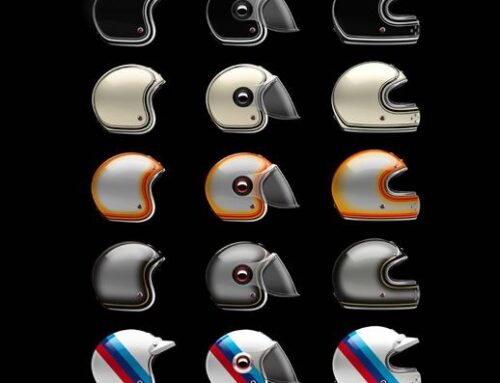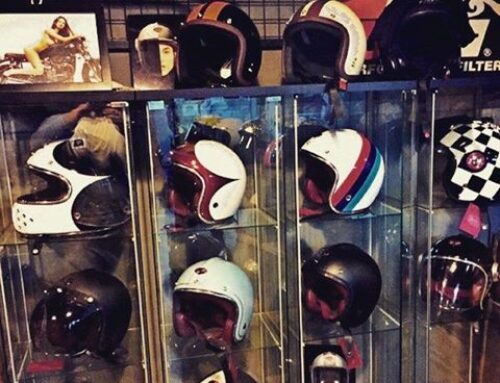When it comes to military operations, ensuring the safety and protection of soldiers is a top priority. Helmets are an essential part of military gear, providing crucial head protection on the battlefield. However, it may come as a surprise to some that the military often opts for traditional combat helmets instead of full-face helmets commonly used in other industries. In this in-depth article, we will explore the reasons behind the military’s preference for specific helmet designs and analyze the factors that influence their choice in headgear for military personnel.
- The Importance of Military Helmets
Military helmets serve a critical role in safeguarding soldiers from potential head injuries, shrapnel, and ballistic threats during combat and training exercises. They are designed to offer protection against various hazards commonly encountered in military operations.
- Understanding Traditional Combat Helmets
Traditional combat helmets, often known as “Kevlar” helmets or “ballistic helmets,” are the most prevalent type of military headgear. They provide coverage to the top, sides, and rear of the head, leaving the face exposed.
- Why Full-Face Helmets Are Not Common in the Military
a. Field of Vision: Full-face helmets may limit the soldier’s field of vision and peripheral awareness, potentially compromising situational awareness on the battlefield.
b. Communication: In military operations, clear and efficient communication among soldiers is crucial. Full-face helmets could hinder verbal communication and use of communication devices.
c. Weight and Mobility: Military personnel already carry a significant amount of equipment and gear. Full-face helmets might add extra weight and restrict mobility, affecting their agility in combat situations.
d. Heat and Ventilation: Military operations often take place in extreme environments. Full-face helmets may cause discomfort due to limited ventilation and increased heat build-up.
e. Adaptability and Interchangeability: Traditional combat helmets can be easily integrated with various accessories, such as night vision goggles, communications headsets, and camouflage covers, allowing for versatility in different mission scenarios.
- Specialized Helmets for Specific Military Roles
a. Special Operations Forces: Certain elite units may use specialized helmets designed for specific missions, providing better protection and features tailored to their unique requirements.
b. Ballistic Face Shields: Some military units use detachable ballistic face shields that can be added to traditional combat helmets for enhanced face protection in certain situations.
- Balancing Protection and Functionality
The decision to use specific helmet designs in the military involves a delicate balance between providing adequate head protection and ensuring operational effectiveness. Different branches and units within the military may have their unique helmet requirements based on their specific roles and missions.
- Advancements in Helmet Technology
As technology advances, the military continually evaluates and incorporates new materials and designs to improve helmet performance. This includes advancements in ballistic protection, weight reduction, comfort, and ventilation.
- Human Factors and User Preferences
Soldiers’ comfort, acceptance, and overall satisfaction with their gear play a significant role in the selection of helmets. User feedback and field testing are vital in assessing the suitability and usability of various helmet options.
Conclusion
While full-face helmets offer comprehensive protection and are commonly used in other fields such as motorcycle riding and sports, they are not the primary choice for military personnel. Traditional combat helmets provide a balance between head protection and the unique operational requirements of military missions.
The decision to use specific helmet types in the military is a result of careful consideration of factors such as field of vision, communication, weight, adaptability, and user preferences. As technology continues to evolve, the military will likely explore innovative solutions to enhance helmet performance and soldier safety on the battlefield. Ultimately, the aim is to provide the best possible head protection for those serving in the armed forces while ensuring operational effectiveness and readiness.





